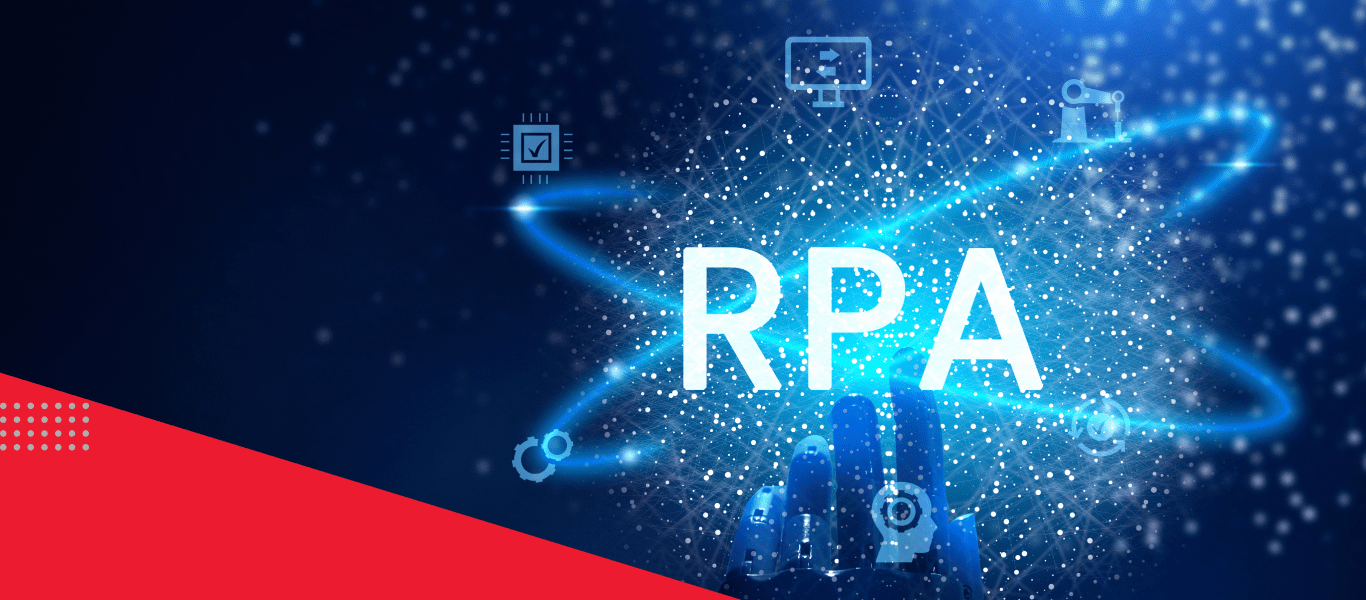Our RPA Implementation Process & Methodology
Robotic Process Automation (RPA) is one of the finest solutions to implement digital transformation. Understanding benefits of RPA and implementing the same to business without experience is a whole other thing. Here SolidPro shares the step-by-step process for implementation of RPA.
List out Processes to Automate
All business processes might not be suitable for RPA implementation. Clients should develop the right processes and prepare a strategy to pick their based-on metrics like ROI and business complexity. Think about the business context, its purpose for automation, and how it fits into future operations or overall automation.
Perform Feasibility Assessment
Perform feasibility assessment for every process to evaluate extent it can be automated. It is a two-step process. Here the technical and process examination is done. An RPA expert, an operation user, and an SME (Subject Matter Expert), execute this assessment.
Readjust
Based on feasibility assessment report, processes that are not standardized, structured, recorded, optimized, or not executed as planned are identified. At this stage, the possibilities of process restructure and optimisation is discovered.
Gather User Stories
Here user requirements are comprehensive noted and described. The features of the application are built from an end-user perspective. A detailed description of every process to be automated is comprehensively documented. Based on the data, process definition document with well-defined RPA workflows for development team is developed.
Start Development Process
At this stage, based on workflows generated the RPA development process begins. Developers produce automated scripts and program code using RPA tools like Blue Prism, UiPath, etc. Every RPA tool has exclusive abilities so the business should be very particular to choose an appropriate tool based on needs.
Test RPA Process
Perform detailed testing to study performance for possible scenarios and bugs when the process is implemented. Potential performance issues are sent to the development team to fix the bugs.
Reconfirm and Deploy
The RPA solution is deemed completed once initial tests, bugs and errors are corrected and deployed by the development teams.





